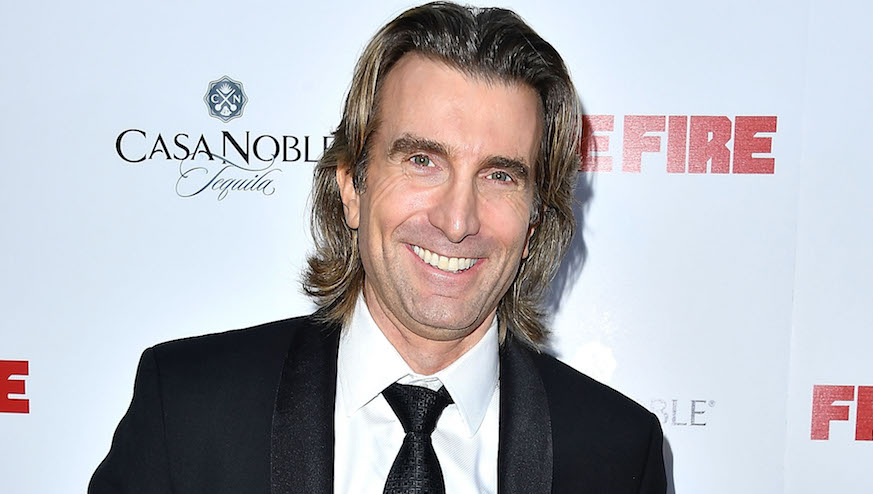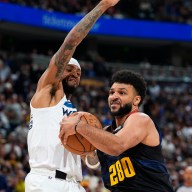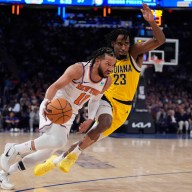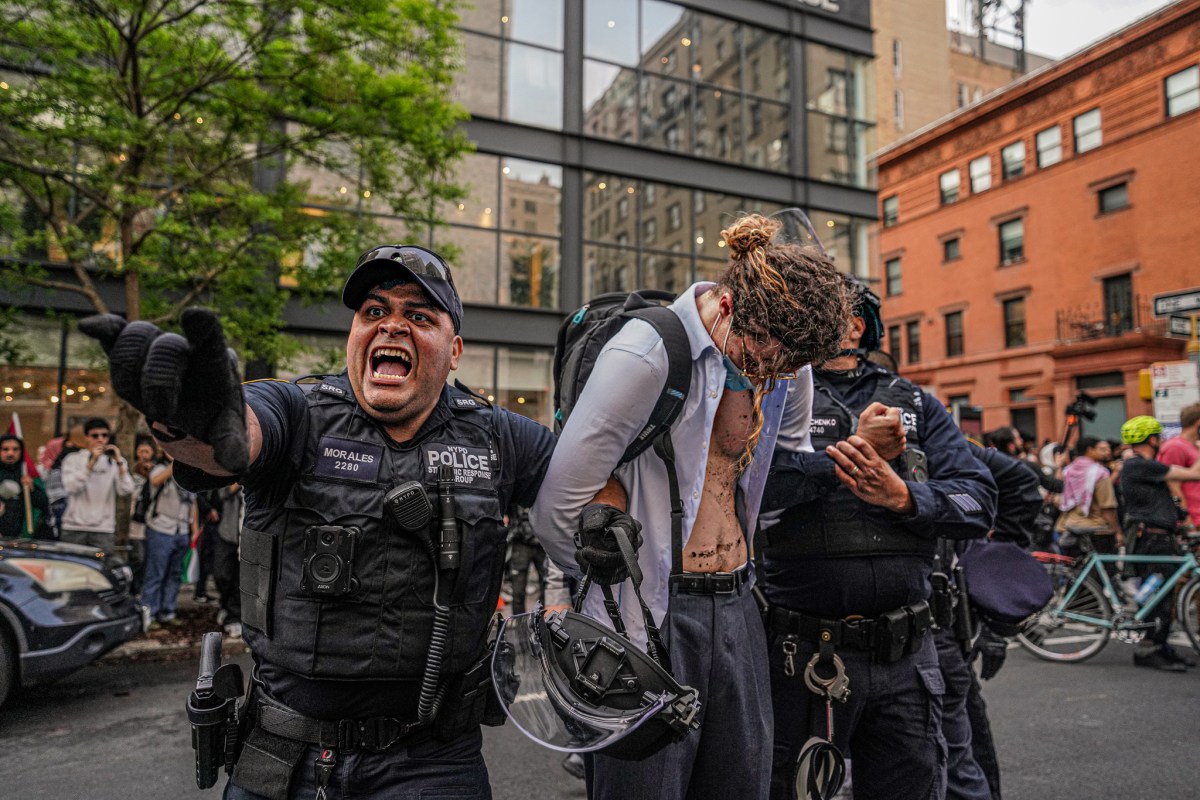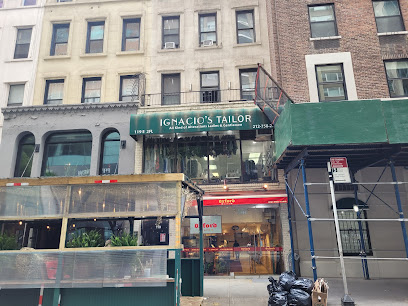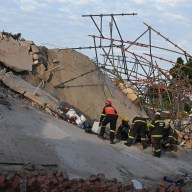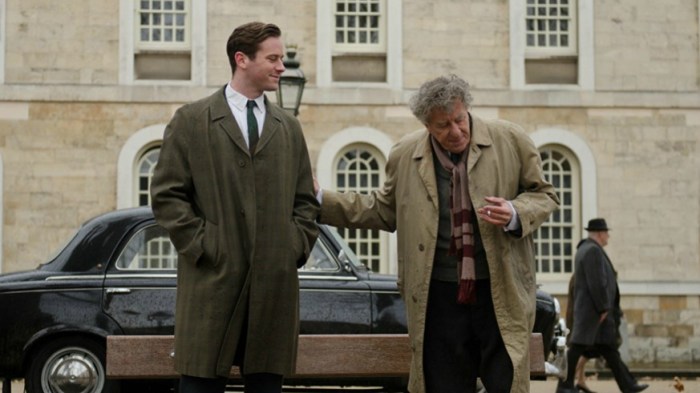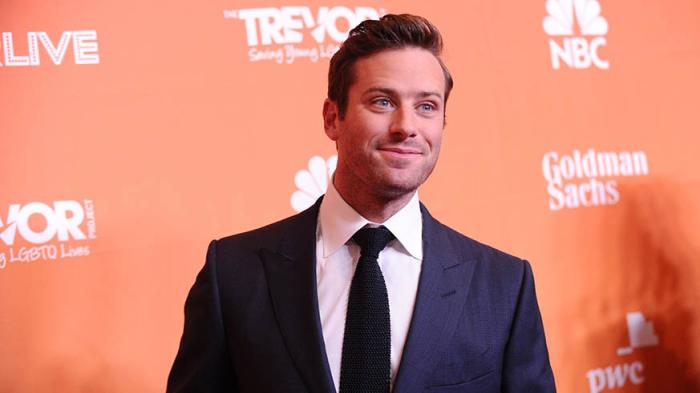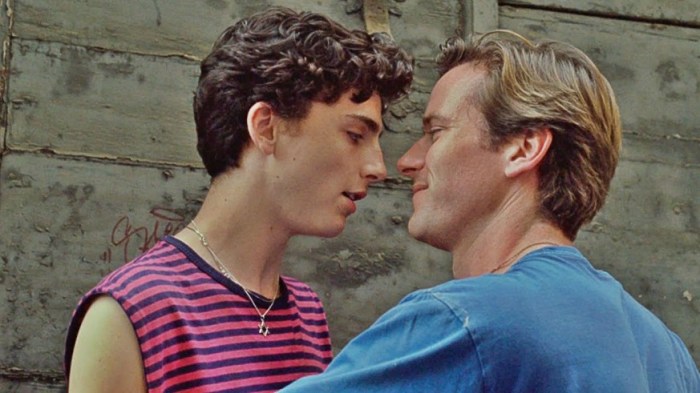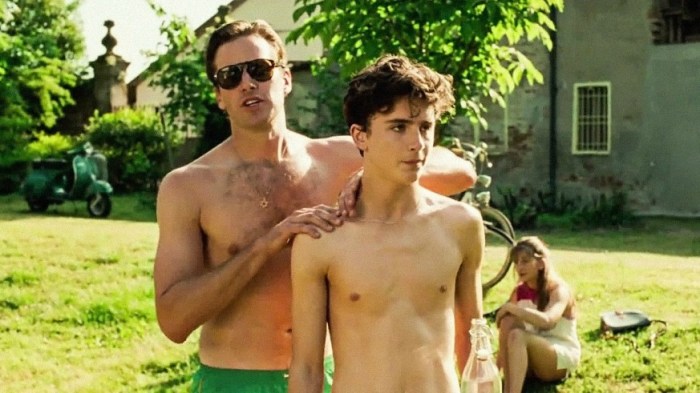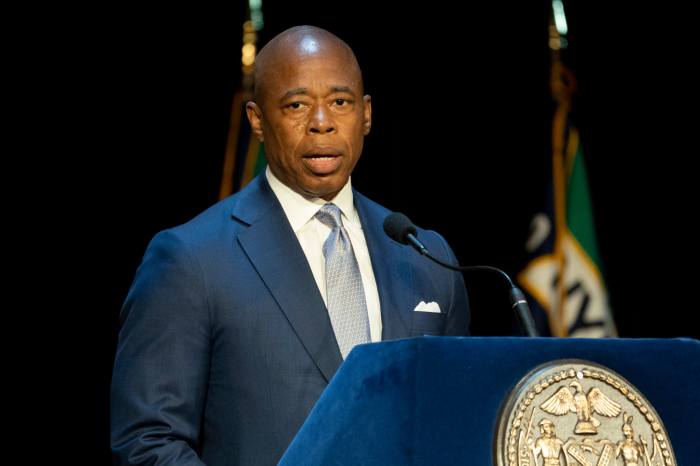When Sharlto Copley tells you his new movie was the most dangerous film he’s made so far, you listen. The South African actor is no stranger to explosions and crazy stunts. He made his name with “District 9.” “The A-Team,” “Elysium,” “Chappie” and “Hardcore Henry” followed — all violent action movies where Copley was game to do whatever wild nonsense came his way. But “Free Fire” — a darkly comic action movie from England with an all-star cast — takes the cake.
For one thing, Copley was set on fire. He plays Vernon, a moneyed arms dealer who arrives in an abandoned Brighton warehouse for a big score. One thing leads to another, and suddenly the dozen-or-so participants — including Brie Larson, Armie Hammer and Cillian Murphy — are all shooting at each other. Without giving too much away, at one point Vernon goes up in flames.
“Apparently getting set on fire is what insurance companies rate as the most dangerous thing I’ve ever attempted,” Copley tells us, with a mix of pride and horror. It was one of the last things they filmed. “They were like, ‘Finish the movie first, then he can burn himself.’”
It’s not something Copley — or many other actors — have experienced. “I was very confident until we got closer and closer to the time. By the morning, I was probably the least confident I’ve ever been. Every fiber of your being goes, ‘This is not right, man. You’re just not meant to be on fire.’”
Luckily the stunt team were all over it. They fitted him with a flame retardant suit, as well as a gel that actually made him shiver until the heat hit him. They told him if he suddenly felt too hot, he should just lie flat on his stomach and they’d jump on him.
“It all went absolutely perfectly,” Sharlto says. “But you are on fire.”

But being set on fire wasn’t what made “Free Fire” the most dangerous movie Sharlto Copley has ever made. It was the squibs.
On movies, squibs are the tiny firecrackers that, when activated by the crew, create the explosions you love on screen. Sometimes they’re what actors wear to make it look like they’ve been shot, bursting with movie blood. On “Free Fire,” they were mostly all over the set, blowing up parts of the dilapidated, dirty warehouse in which our legion of anti-heroes find themselves trapped in a multi-way Mexican stand-off. That required expert choreography, especially since some shots involved 16 or 17 or even 20 squibs blowing up at a time.
“If they press the button at the wrong time, it blows up in your face,” Copley recalls. “At the distances we were art from these squibs, there was nothing to protect yourself and your eyes. It’s your eyes that are really at monumental risk. There was so much gunfire that it made things bizarrely serious when the camera was rolling. But when it wasn’t it was fun and games and silly buggers.”
Throwing a bunch of acclaimed actors — including a semi-recent Oscar-winner — onto one of the dirtiest sets in memory might not seem right. But Copley didn’t mind.
“To be honest, for me it was kind of a step-up. I’ve done two movies in trash-heaps,” Copley says, referring to “District 9” and “Chappie.” “Everyone was moaning. I was like, ‘Guys, this is relatively clean movie dirt. It’s not that bad.”
One perk of making “Free Fire”: the facial hair. It’s set in the ’70s, meaning most of the male actors had to grow beards and mustaches, as though they were competing with each other. (Copley thinks Armie Hammer won: After all, he had to use beard oil.) Copley has a nice, thick, bushy ’stache. It was a nice change of pace for him.
“Where I’m from, you just didn’t do that. You didn’t let the hair grow,” Copley says. “This was one of the first films where I could use my general hairiness to good effect, and in an age when actors are always trimming their arm hair or chest hair. I could just let it all hang out.” He wasn’t the only fan. Turns out his wife, the model and actress Tanit Phoenix, loved it.
“This is her favorite character I’ve done. I was like, ‘Really, baby?,’” Sharlto reveals. “You used to look at that stuff as cheesy. Turns out a little bit of swagger, some chains around the neck and some sexist attitudes actually aren’t as much of a woman-repellent as I would have thought.”
Follow Matt Prigge on Twitter @mattprigge

